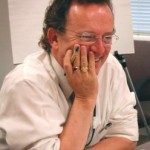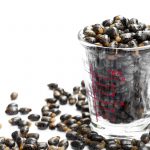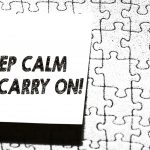Candid Post-Covid Considerations: Protecting Our Core Ideas in Naturopathic Education
David J. Schleich, PhD
As our digital and local lives expand and our physical and global ones contract, this sea change will create and destroy value. (Mark Carney, 2020)
In the naturopathic community, there has been wonderful growth in the past quarter-century (such as schools, number of graduates, states with legislation enabling naturopathic practice, research, improved public awareness, rising assimilation of our modalities by biomedicine). Nevertheless, there remains a nagging declinism in our world that nags at that progress. Our place in civil society is bolstered not merely by numbers (more students, more practicing doctors in more places, more licensed states, more ongoing research validating our work), but also by the vision embodied in the medicine itself. Such confidence of vision enables us to advance our objectives and amplify our values. The current Covid-19 social disruption may prove to be a background narrative for the anxious transactional style of professional formation to which we are attracted as we become stronger. We have much work to do, in any case, to broadly identify the ideas for which we stand fast enough so that putative interlopers (integrative medicine, functional medicine) don’t scoop us in the arena of public acceptance and civil approval.
These layers of worry are understandable given what will soon be a post-Covid world with all that we will have learned. For a long time, the prospects for naturopathic medical education and the very profession itself have been shifting. Those shifts can continue to prove to be very positive, although within the naturopathic community there is a significant minority who protest the abandoning of traditional values and practices. This current time of turbulence may be just what the doctor ordered to renew our core strengths.
Historians tell us that, in retrospect, crises invariably accelerate adoption of ideas that are already in play. Raymond Aron, a remarkable French political theorist (cited in Brzezinski’s Second Chance, 2006, p.180), suggested that a group’s strength diminishes if that community “ceases to serve an idea.” With Aron’s notion in mind, we need to slow up and look yet again at where we are going and who we are becoming. Our educational framework and the special role of naturopathic medicine are useful lenses through which to do that looking.
Healthcare as a Right
In that regard, the status quo for health delivery and educational delivery and design, fractured as they may be at the moment, will not likely settle back into what they were. For one thing, the notion of healthcare being a “right” will pick up momentum; for another, the role of naturopathic physicians will be increasingly valued for its philosophical framing and its track record. Reading the landscape closely, it looks simultaneously better and worse than it used to. No “same old, same old” for us.
Accompanying bruising valuations in the world’s financial markets, with declines, implosions, and regrouping happening everywhere, there are important observations to report about the employment market for the health professions and related occupations. That market affects what we teach. It also drives demand for our programs and pointedly influences the future of professional formation. In terms of the opportunities for our naturopathic medical graduates, in particular, what will really change, and how fast? Health consciousness has just experienced a steep ascent. Healthcare as a “right” is on the roster for the upcoming presidential and congressional elections more noisily and urgently than recent memory might emphasize. Let’s do the numbers, as Kai Ryssdal from NPR is wont to say.
In the United States, there will be about 8200 primary-care post-graduate training spots this coming year for the allopaths. The conventional biomedicine profession has kept us out of that pipeline so far. Significantly, less than half of those post-graduate training positions come from the US MD medical schools. The rest are (American-style) osteopathic doctors and foreign medical graduates who are admitted into the United States. The AAMC (American Association of Medical Colleges) predicts a 21 000 to 55 000 shortage of primary care physicians as we begin the climb toward the 2030s. Drilling down into these data, the projected shortages contemplate average practice sizes of about 2500 to 3000 patients, notwithstanding variations in demographics. It is increasingly clear, and sharply so these days, that the whole enchilada exists in a system which pays specialists a lot of money to do what primary care physicians can do very well in many cases, and a great deal of which naturopathic primary-care physicians can do too. Factor in the other costs slamming the American system (in the pre-Covid world), such as tests-tests-tests, imaging, ER visits, pharmaceuticals galore, and the mess gets messier.
The AANMC (Association of Accredited Naturopathic Medical Colleges) will tell you that our graduates are not only well trained, ready, and eager to practice comprehensive medicine, but that they are also confident about dealing with what’s besetting the American population around them: hypertension, obesity, diabetes, heart disease, stress, autoimmune disorders, and more. Accompanying these challenges, though, are lags in efficient use of these professionals, such as the taxing and poor use of time NDs, MDs, DOs, NPs, and other primary care providers have to endure in the EHR (electronic health records) continuum with all its attendant billing and coding. Nevertheless, Direct Primary Care models of delivery of health are going to be increasingly attractive for ND graduates, as well as for all those allopathic doctors entering the market in the coming years. The question buzzing around such trends is: do we become more and more like the mainstream, or do we continue to serve the idea of the Vis, of the principles, of traditions more attuned to nature?
Traditional Drivers of Value
There is other ferment in the health care continuum to contend with right now, however, most particularly in the preparatory phase. At the root of the disturbances in the higher education realm where we train students for careers in medicine, the traditional drivers of value for students, teachers, educational leaders, and their networks have been shaken up. There are new ones afoot that have shouldered up front in a race not only to get through, but to survive long enough to graduate into that more promising employment landscape. What educational markets value and what consumers of health education value are closing ranks fast: prevention, access, purpose.
The pylons are deep into the ground, supporting new ways to be strong in a world where the supply side of education has experienced destruction, not just disruption. There was a time when our programs and institutions motored along with limited access to clinical settings where hands-on education can manifest, in half-hearted attempts to launch broad digital design and delivery, and in ramped up, well-funded research and publication activity. There are many, biting, elephant questions in the room today, such as: How many once viable college programs have been permanently impaired? Do we need teachers engaged in the same ways they used to be? Will students expect to do more at home, more cheaply?
How we line up our action plans with the immediate pressures of keeping our programs going and adjusting their design and delivery to fit an uncertain future are top of mind, right along with what’s happening to the wild undulations of GDP, national debt, and unemployment statistics. Not only teleworking will get redefined and positioned more stably in the workforce plan of the AANMC programs, for example, but these repurposing initiatives will be occurring in addition to the other real opportunities the winter and spring of 2020 have laid bare in e-health, distance learning, assessment, and credentialing. Where, then, in such a fray, is there space to keep aligned with the commitment to serving the principles of naturopathic medicine?
Sitting back briefly to contend with all this, I’m reminded of Nassim Nicholas Taleb’s work about how to navigate torrential waters socially and politically. His astonishingly prescient 2007 book, The Black Swan: The Impact of the Highly Improbable, teaches us about how to swim through the maelstrom waters and come out breathing when the wave pulls us down from our rafts. We have to keep one eye on the waves and one eye on our next tactic to ride them out.
Creativity and Dynamism
One thing for sure, as we stay upright, is that creativity and dynamism will still be highly prized, but new vectors will shape value at the same time: economic, financial, psychological, societal. In ascending order, consider first that the current health and economic crises are likely to accelerate the fragmentation of the global economy and modify supply and distribution chains here in North America. A likely scenario of a new normal is that local resilience will be prized over global efficiency. As well, much of the enterprise value of our colleges will be buffeted by extraordinary financial pressures, harmed by lost cash flow. As our colleges chunk away at their reserves, higher debt will increase the riskiness of the underlying equity and undermine the capacity for growth, so critical in professional formation.
There is another factor at work here too. The financial relationship between the state and the private sector has already deepened dramatically, although the naturopathic educational system will not feel those effects as sharply as the publics and larger non-profit privates which have had access to state and federal money over and above Stafford and Title IV student loan draw-downs. In any case, will the state remain enmeshed in commerce, and so restrain private dynamism? And will we be spared that fracturing, since we have never grown reliant on state money?
In addition, the alarming experience of the simultaneous health and economic crises will alter how everyone in post-secondary and post-graduate education balances risk and resilience. Harking back to Nassim Taleb, we may well have to prepare for black swans by planning to accept a very rough ride in the next half-decade. These shuddering scenarios put one in mind of the global financial crisis of 2008. Banks learned big lessons from those years, and this time they have sufficient capital to be part of the solution in the early years of the 20s. Our naturopathic colleges, though, are going to have to brace for minimal liquidity, stretched supply chains, and hard-to-sustain contingency plans. We can’t count on governments to help. We can’t strain tuition revenue any more than it already is.
Added to these pressures, our students’ and practicing doctors’ own economic life narratives are likely to change. After decades of risk that had shown results in the form of an increasing number of licensed states, there have arrived the multiple impacts of the fears of the unemployed and increasingly inadequate or inaccessible health care. Aggressive borrowing by our students and AANMC school reliance on tuition occurred during a time recently of aggressive borrowing, a booming housing market, and a vibrant gig economy. Even so, the likely expansion of universal health care support is not going to stay unavailable to us, and, as Friar Lawrence put it to the grieving Juliet, “there art thou happy.”
The Market Society
It gets deeper. Harvard’s Michael Sandel (2012) teaches us that we are in more of a market society than a market economy now. That bodes well for the integrity, effectiveness over the long term, and cost of our care models compared to the impossibly expensive ones of conventional medicine. What this translates into is that for naturopathic medicine to have value, we simply have to be in the health care market more than ever with our values intact, and eschew marginalized participation. Stripped of its foliage, conventional medicine is about to experience a jolting disruption. Its illogical, ineffective, and crazy expensive and self-serving systems – with all the perverse incentives and administrative hassles the biomedicine professions have to endure – could give way in response to public values that will increasingly shape private value. Politicians and health leaders will see this and prioritize health as features of their own platforms for re-election going forward. The economic consequences of a more equitable and inclusive system, reflecting the ideas embedded in the Affordable Care Act, and so long touted as obstacles, will be revisited. A new kind of interdependence could well arise. As Mark Carney put it in a recent article in The Economist, “We know we need to act as an interdependent community, not independent individuals, so the values of economic dynamism and efficiency have been joined by those of solidarity, fairness, responsibility and compassion.” In the upcoming elections in America, professions, colleges, universities, companies, and governments will be judged by how they behaved during this Covid-19 era. Who stepped up? Who didn’t? Who did what mattered?
So, what to expect: back to normal, late term starts, first-years only, upper-year students only? Will students stay away in protracted gap year scenarios? Will online delivery stick, alongside some forms of blended delivery, split curriculum, block plans, and diluted residency requirements? Will it become a world of online lectures fully remote, HyFlex? Some or all of these variable responses to the new normal are in play. As we plan for naturopathic medical education delivery in the next and future academic years, we will want to remember with courage that our principles – educational and philosophical – must prevail in how we prepare our students for entry into the uneasy new post-Covid world, or we risk having become what we fought.
References:
Brzezinski, Z. (2006). Second Chance: Three Presidents and the Crisis of American Superpower. New York, NY: Basic Books.
Sandel, M. J. (2012). What Money Can’t Buy: The Moral Limits of Markets. New York, NY: Farrar, Straus and Giroux.
Carney, M. (2020). Mark Carney on how the economy must yield to human values. The Economist, April 16, 2020. Available at: https://www.economist.com/by-invitation/2020/04/16/mark-carney-on-how-the-economy-must-yield-to-human-values. Accessed April 20, 2020.

David J. Schleich, PhD, is President Emeritus of the National University of Natural Medicine (NUNM), where he served from 2007 to 2019; former president of Truestar Health; and former CEO and president of CCNM (1996 to 2003). Previous posts have included appointments as vice president academic of Niagara College, and administrative and teaching positions at St Lawrence College, Swinburne University (Australia) and the University of Alberta. His academic credentials have been earned from the University of Western Ontario (BA), the University of Alberta (MA), Queen’s University (BEd), and the University of Toronto (PhD).










